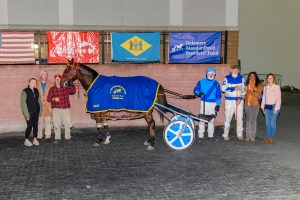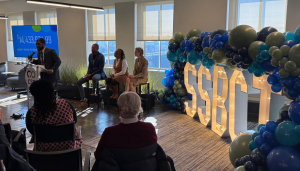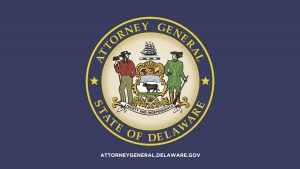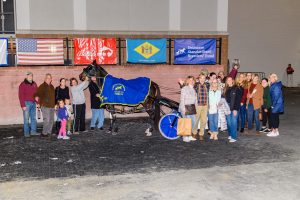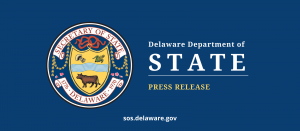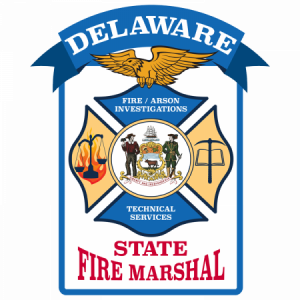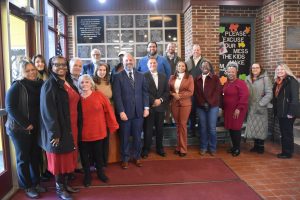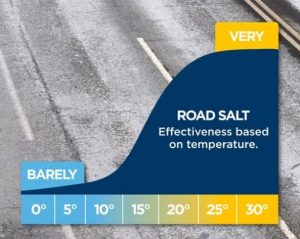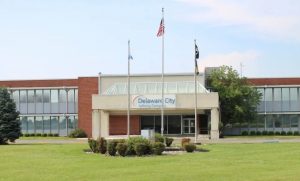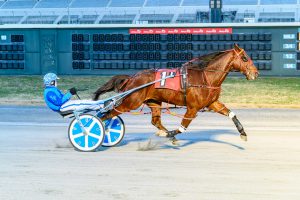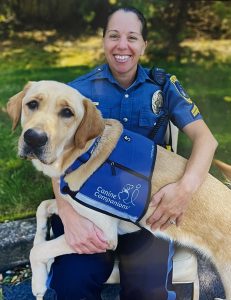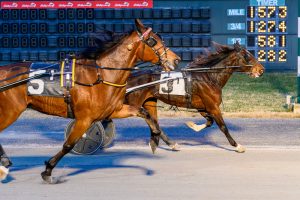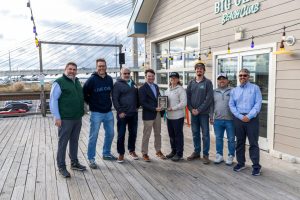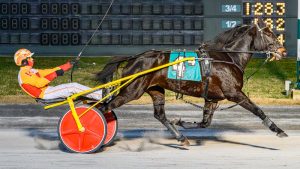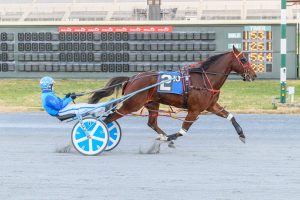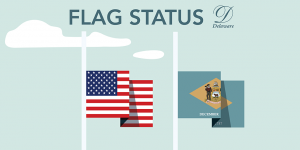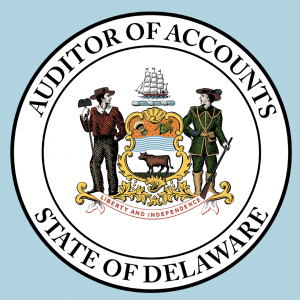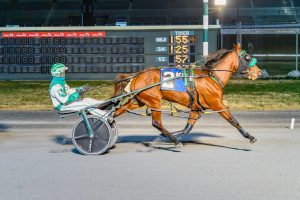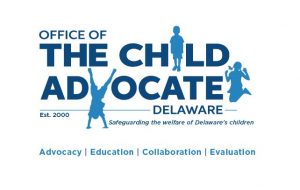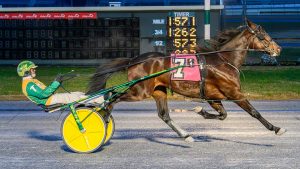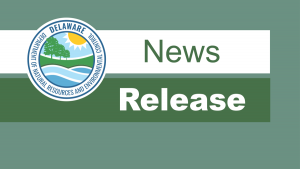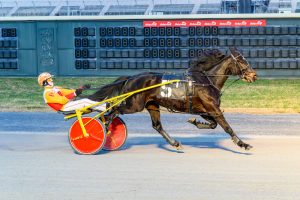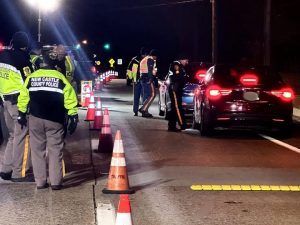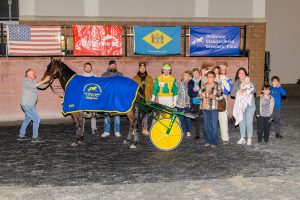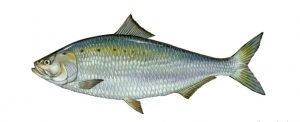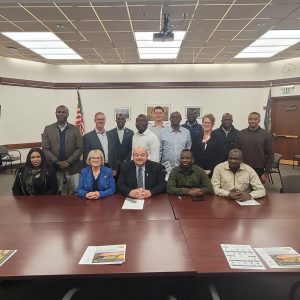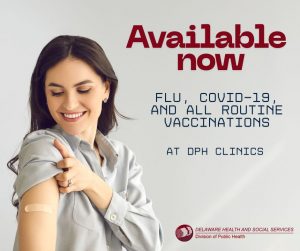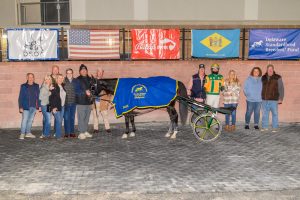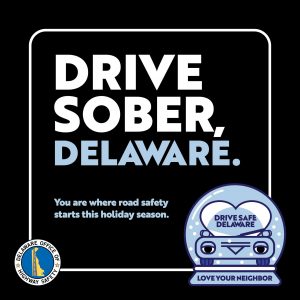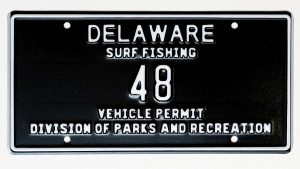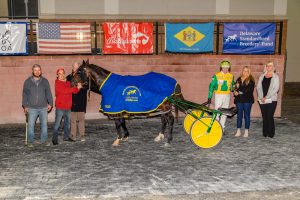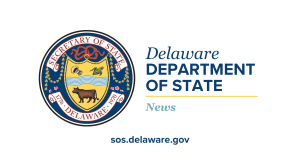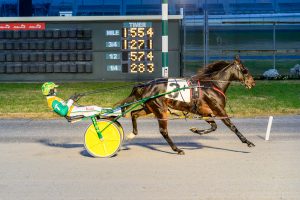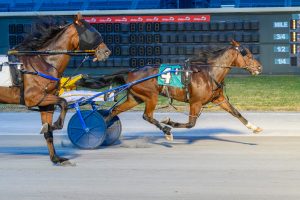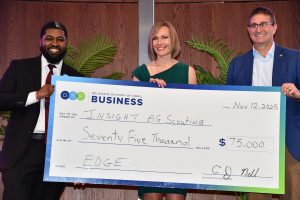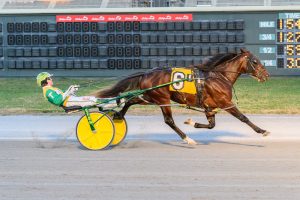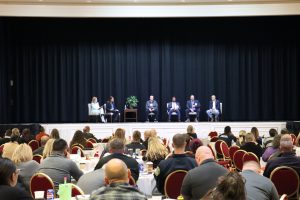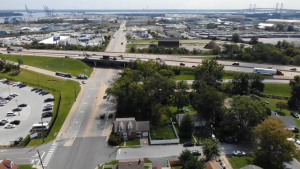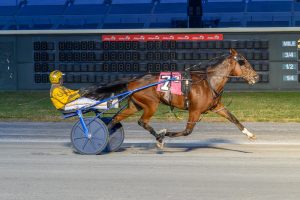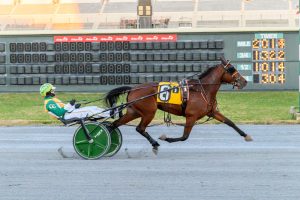
Horseshoe crabs line the shore spawning along the Delaware Bay. DNREC’s DuPont Nature Center at Mispillion Harbor is one of the best places to observe this wonder of nature. DNREC photo
Horseshoe Crab Management Effectively Supports Red Knot Population
While this year’s spring shorebird migration has ended in Delaware, with the shorebirds embarking for their Arctic nesting grounds fueled for their journey after consuming abundant horseshoe crab eggs, the horseshoe crabs continue to spawn along the shores of Delaware Bay. The annual spring phenomenon of nature features the ecological relationship between migrating shorebirds that feast on horseshoe crab eggs to help sustain their long-distance migration from their wintering grounds as far away as southern South America to their nesting grounds in the Arctic – a one-way trip that can span more than 9,000 miles for some shorebird species.
Shorebirds more than double their body weight during their brief stopover each spring along Delaware Bay, feasting on the abundant supply of horseshoe crab eggs from an increasing horseshoe crab population managed under the Atlantic States Marine Fisheries Commission’s (ASMFC) Adaptive Resource Management (ARM) framework. The ARM framework is an ecosystem-based approach that uses the best-available science to manage the Delaware Bay horseshoe crab population to ensure enough eggs to support the migratory red knot population during their annual spring stopover. Under ARM management, the Delaware Bay horseshoe crab population has steadily increased over the last decade to an estimated 31.3 million crabs, comprising 21.9 million males and 9.4 million females. More information on the ASMFC ARM can be found at asmfc.org.
Delaware allows a limited harvest of 162,136 only male horseshoe crabs – representing less than 1% of the scientifically-estimated total Delaware Bay horseshoe crab population, with the harvested crabs used as bait for Delaware’s commercial conch fishery. Horseshoe crab harvest in the state is not allowed until June 8 after migrating shorebirds have left to avoid disturbing the birds during their stopover. Delaware does not have a horseshoe crab biomedical collection fishery that exists in other states, including New Jersey.
The red knot is listed as a threatened species under the federal Endangered Species Act and as an endangered species by the State of Delaware. The estimated red knot population that stops and feeds each spring along Delaware Bay has remained steady over the previous 10 years, at approximately 40,000 to 50,000 birds annually as reported in the Red Knot Stopover Population Estimate for 2021 produced by the U.S. Geological Survey (USGS), in cooperation with the DNREC Division of Fish and Wildlife and the New Jersey Division of Fish and Wildlife.
The USGS stopover population estimate is based on extensive, scientific red knot surveys. Numerous factors affect the red knot population in addition to horseshoe crab egg availability, including habitat loss, human disturbance, predator dynamics and climate change at wintering, migration and nesting areas. More information on shorebird research and monitoring, including the U.S. Geological Survey red knot stopover population report, is available at https://de.gov/shorebirds.
The DuPont Nature Center managed by the DNREC Division of Fish and Wildlife located near Slaughter Beach provides great views from the center’s large deck overlooking the Mispillion Harbor of a variety of wildlife, including seasonally spawning horseshoe crabs and migrating shorebirds, including the red knot. More information is available from the DuPont Nature Center at de.gov/dnc, where the center’s Mispillion Harbor Cam can be accessed for live views of wildlife visiting the area.
For more information on horseshoe crabs, contact the DNREC Division of Fish and Wildlife’s Fisheries section at 302-739-9914. For more information on shorebirds, including red knot, contact the DNREC Division of Fish and Wildlife’s Wildlife section at 302-739-9912.
About DNREC
The Delaware Department of Natural Resources and Environmental Control protects and manages the state’s natural resources, protects public health, provides outdoor recreational opportunities, and educates Delawareans about the environment. The DNREC Division of Fish and Wildlife conserves and manages Delaware’s fish and wildlife and their habitats, and provides fishing, hunting, wildlife viewing and boating access on nearly 68,000 acres of public land. For more information, visit the website and connect with @DelawareDNREC on Facebook, Twitter or LinkedIn.
Media Contacts: Michael Globetti, michael.globetti@delaware.gov; Nikki Lavoie, nikki.lavoie@delaware.gov



